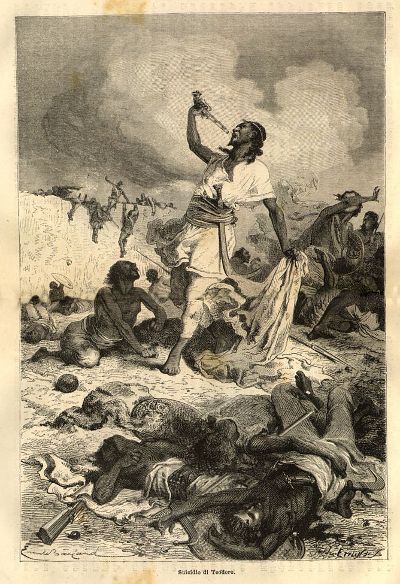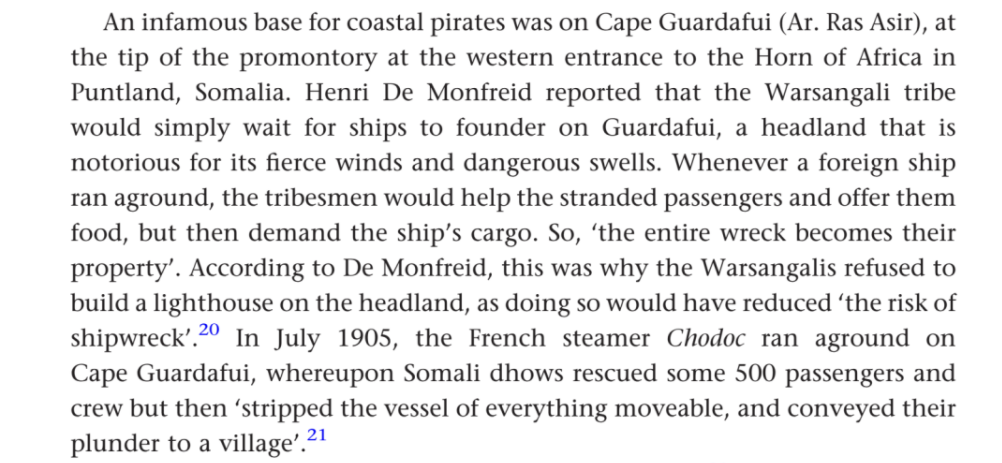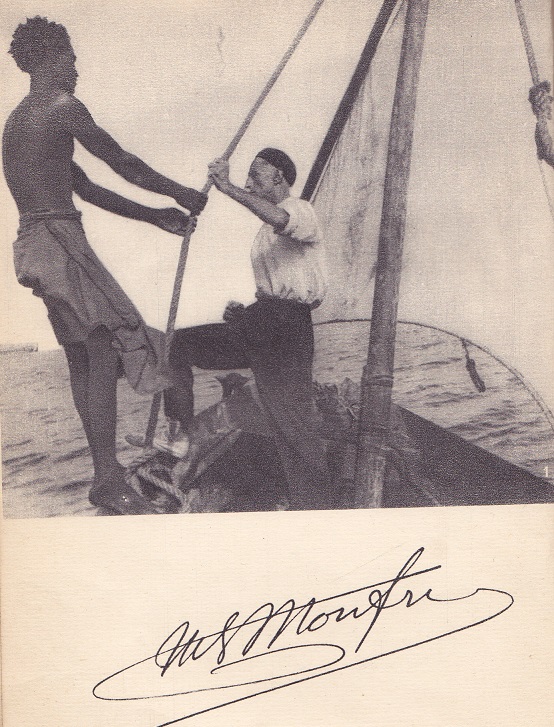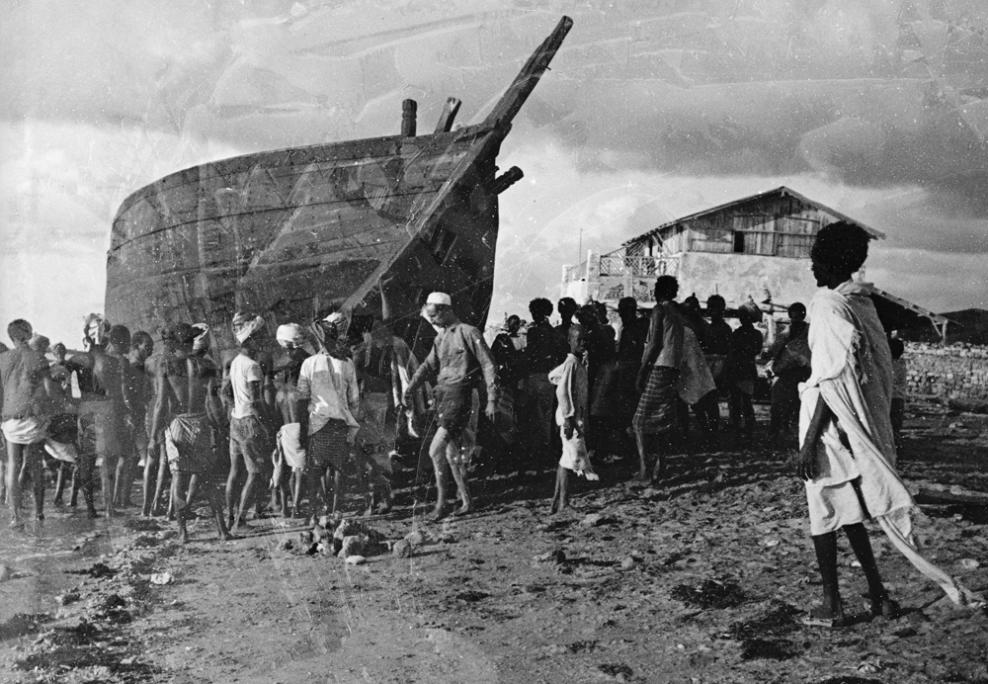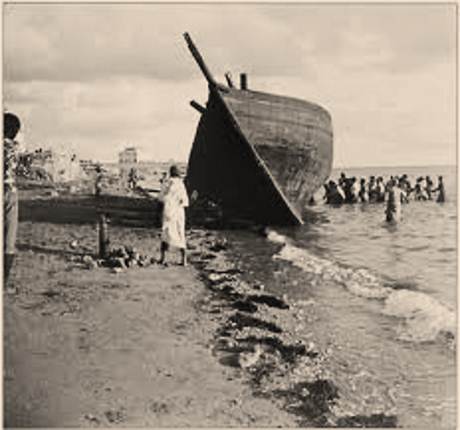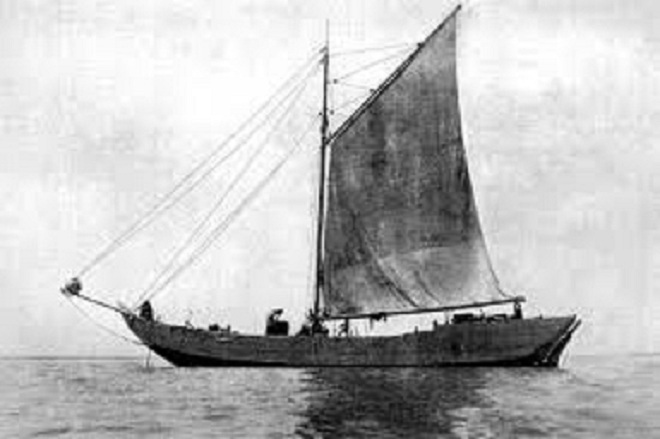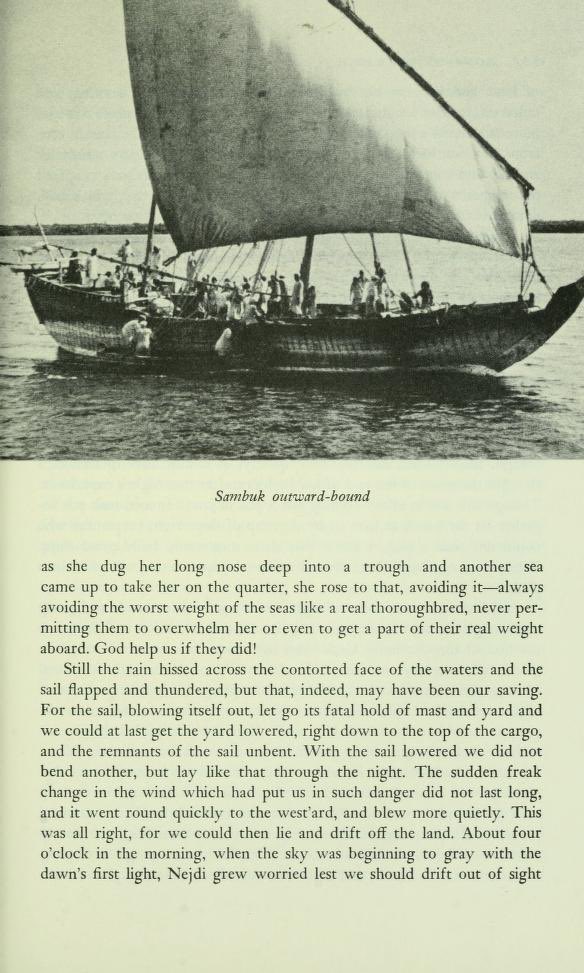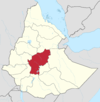You're making the Abyssinians out to be much more than they were. Despite being a mostly pastoral nomadic arid region people like Peninsular Arabs, Somalis seriously had more towns/urban-centers throughout the Middle-Ages and much of the Early Modern era than Abyssinia which was effectively "a civilization without cities":
Frederick C. Gamst, Peasantries and Elites without Urbanism: The Civilization of Ethiopia, Comparative Studies in Society and History, Vol. 12, No. 4 (Oct., 1970), pp. 373-392

www.jstor.org
They had pretty much no major towns or cities and the Solomonic Emperors, for much of their rule, travelled in a nomadic tent court that moved from province to province across their domains throughout the year:
Ronald J. Horvath, The Wandering Capitals of Ethiopia, The Journal of African History, Vol. 10, No. 2 (1969), pp. 205-219

www.jstor.org
View attachment 281608
It's ironic that people who were settled farmers were being ruled by an effectively "nomadic" Emperor whilst Somalis often did hole their Garaads/Amirs/Imams/Suldaans up in coastal towns and interior towns like Bardhere:
View attachment 281600
One of the few times they became quite settled-ish and built a somewhat impressive court at Gondar it was basically designed and built by the Portuguese and is plainly just Portuguese architecture:
This newly updated and revised second edition of "A Story in Stones" explores the relationship between Portugal and Ethiopia during the XVI and XVII centuries from the unique perspective of stonework. Through research and many years of working in the field, J.J. Hespeler-Boultbee examines the...
books.google.ae
They were not really successors to Aksum, man. Aksum collapsed centuries before the founding of the Solomonic dynasty in the 13th century and was centered in northern Ethiopia and northern Eritrea. Soil erosion seems to have likely been a major reason as one friend pointed out to me and the north fell into chaos and got divvied up between different entities like Medri Bahri and the Zagwes, an Agaw dynasty.
The south was fertile and not remotely as degraded overtime by intensive agriculture so the center of gravity in Ethiopia slowly shifted there:
View attachment 281605
They concocted a fantasy book (Kebre Negast) about being direct descendants and thus successors of the previous Aksumite Kings whom they reimagine as having been Jewish before being Christian even though we know via archaeological and historical records that they were plainly pagans. The people centered in Shewa above were also more "southern" Ethiosemitic speakers (i.e. Amharas) whose languages were more distant from Ge'ez than the much closer Tigrinya and Tigre languages and they were pretty much ruralite feudalist types. Whenever they ventured to build their own courts it pretty much looked like this:
View attachment 281606
And whether in the Futuh al-Habasha where both the Somalis and Christians were donning chainmail, iron helmets, bows and arrows and swords or in the early modern era where everyone was running around with spears, maro iyo rifles they were never honestly militarily somehow inherently superior to even nomadic Somali tribes by the looks of it:
View attachment 281607
A mob of peasant levvies. And whenever they actually ventured to fight something more than the sparsely populated central and southern Galbeed and challenge an actual Somali polity without gaal help they got whipped pretty bad:
"The British, Italians, and Ethiopians partitioned Greater Somalia into spheres of influence, cutting into the previous nomadic grazing system and Somali civilizational network that connected port cities with those of the interior. The Ethiopian Emperor Menelik's Somali expedition, consisting of an army of 15,000 men, made a deep push into the vicinity of Luuq in Somalia. However, his troops were soundly defeated by the Sultanate of the Geledi, with only 200 soldiers returning alive and at the same time his survived soldiers were heavily traumatized. The Ethiopians subsequently refrained from further expeditions into the interior of Somalia but continued to attack the people in the Ogaden by plundering the nomads of their livestock numbering in the hundreds of thousands."
Source: Divine madness: Moḥammed ʻAbdulle Ḥassan (1856-1920) page 69.



